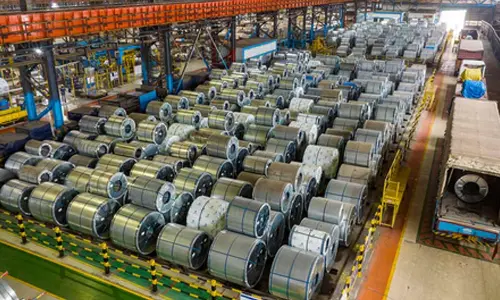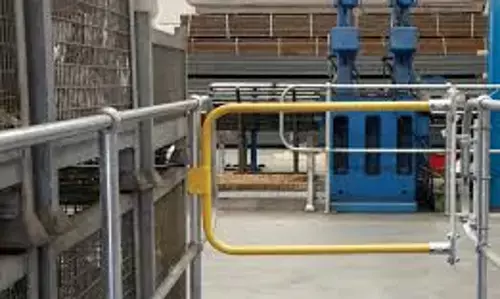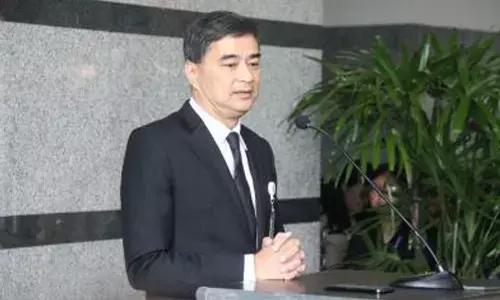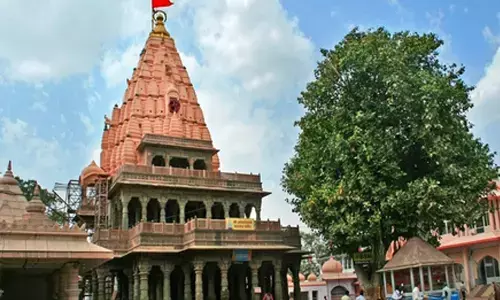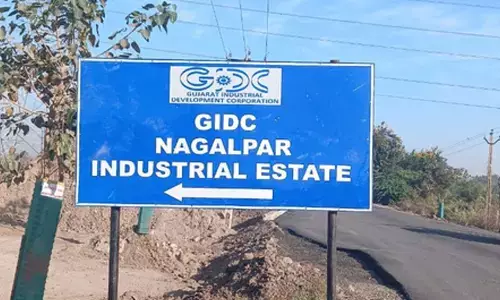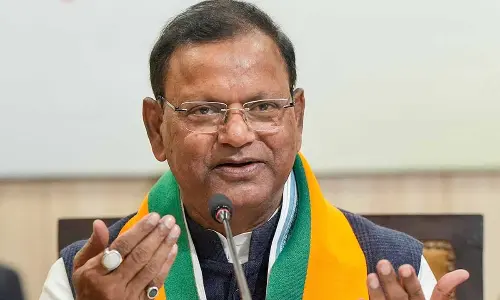Modi Swadesi Drive: India's Lion Steps

The 25th Modi extended an ambitious, open-armed invitation to manufacture in India with the words ‘Come, Make in India!’ It does not seem strange any more that the audience left the venue impressed and inspired.
On the 25th of this September, before an expectant gathering of the ‘Whos’ Who’ of Global Industry, Modi extended an ambitious, open-armed invitation to manufacture in India with the words ‘Come, Make in India!’ It does not seem strange any more that the audience left the venue impressed and inspired.
Over the past three decades, China has successfully planned and executed to become THE global manufacturing hub. As of 2010, China was the largest Industrial manufacturing country in the world, surpassing the US and second in terms of manufacturing exports, behind the European Union. It has been able to thoughtfully identify challenges and clinically address most, one after another.

Today, India has for the first time declared herself a competitor to that position with a clarion call that reverberates with confidence. While admittedly China is way ahead and is actively seeking to climb up the global value chain, the fact that an Indian government with a strong sense of purpose and belief has declared its’ intentions has aroused interest within and outside of the country.
Examining closely the communications from the government and Modi’s thought processes well-articulated in a number of speeches since the Independence Day, one may see a clear roadmapwith respect to the NDA vision. As repeatedly emphasized by Modi, 65% of India is less 35 years of age. With 13 million young Indians being added to the workforce each year, there is a large challenge of assimilating this population in constructive nation building activities. What is heartening is to see that the present government seems to be viewing this fact more as an opportunity than a challenge.
With the above in mind, the government seems to be pursuing a three-pronged strategy.
The first part of the strategy ispromote manufacturing like never before. While India has always been trying to compete as a manufacturing destination, the country has significantly lost out to China on many counts. For example, compared with China, India has relatively poor physical infrastructure. Further, as per World Intellectual Property Organization (WIPO) statistics, China leads by far the number of IP applications filed. In 2012, as per the WIPO – IP Facts and Figures Report, while 43,955 patents were filed in the India patent office, there were 652,777 applications filed in the China office, which also accounted for the largest number of applications received by a single IP office globally. Similarly China also led in the number of other IP forms. Where India today remains competitive is in costs such as those of raw materials, land and labour wages, all of which China has gradually outgrown.
With the announcement of PanditDeen Dayal Updhyay Karyakram, the government has signaled enough proactivity and timeliness in correcting what is dead weight for the India story. When Modi indicated in Madison Square Garden that he would be happy if one archaic law is struck off each day, it bore well for a country plagued with an unclear legal framework, where time spent on resolving disputes span several years, and where, as a result, the cost of compliance for businesses is high. To quote Deloitte’s study on Cost of Compliance in Manufacturing in India, ‘On an average, a manufacturing unit needs to comply with nearly 70 laws and regulations. Apart from facing inspections, these units have to also file as many as 100 returns in a year’ As per the Law Minister, Ravi Shankar Prasad, a parallel process of cleansing irrelevant laws has already been initiated.
The second focus that is complementary to Industrial developmentis building of a positive, skilled work force out of the young population. Without a skilled population, the ‘Make in India’ dream will be unfulfilled. One of the primary concerns for manufacturing is the availability of skilled primary and intermediate labour. While basic skills may be a great start, for India to also grow up the value chain into a sophisticated technological manufacturing centre, the government should ascertain there is a system in place to churn out senior technical talent that can drive innovation and create intellectual property. It is also significant to note that by 2020, it is estimated that India’s electronic imports will exceed USD 400 billion, which will be more than India’s oil imports! The topic of human resources and skill development has for long been one that Modi has repeatedly emphasized on as a top priority.
The third front that makes the vision wholesome is the priority accorded to the environment. Historically and culturally, India has been a nature loving society.
However, there has been a deterioration in the country’s outlook towards nature over decades and the effects are visible across the length and breadth of India. The Namami Gange project that will closely touch the lives of forty percent of the country’s population, is yet another confident call to make the aggressive Make in India campaign co-exist and, if the government were to be successful, even thrive together with the revival of the lifeline river of India.
Weaving thestrands of Modi’s vision together, it appears as if he is looking at the India of the decades of 2020s and 2030s. And, creditably so far, the government has been tirelessly trying to pursue the same. With a refreshing handling of International relationships as well, most often leveraging a personal focus from the Prime Minister, it appears that the NDA government is well focused on building an India of tomorrow.
Next Story








